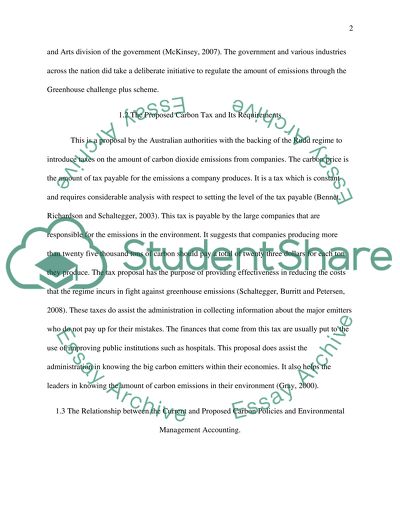Cite this document
(“Australian Carbon Policies Essay Example | Topics and Well Written Essays - 2750 words”, n.d.)
Retrieved de https://studentshare.org/environmental-studies/1392247-environmental-accounting
Retrieved de https://studentshare.org/environmental-studies/1392247-environmental-accounting
(Australian Carbon Policies Essay Example | Topics and Well Written Essays - 2750 Words)
https://studentshare.org/environmental-studies/1392247-environmental-accounting.
https://studentshare.org/environmental-studies/1392247-environmental-accounting.
“Australian Carbon Policies Essay Example | Topics and Well Written Essays - 2750 Words”, n.d. https://studentshare.org/environmental-studies/1392247-environmental-accounting.


